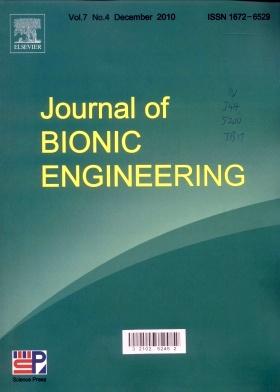Inherent Kinematics of the Human Thumb IP and MCP Joints During Functional Tasks
Abstract
The human thumb plays a crucial role in performing coordinated hand movements for precise tool use. However, quantifying and interpreting the kinematics and couplings of the six degrees of freedom (6DOF) between the interphalangeal (IP) and metacarpophalangeal (MCP) joints during hand functional tasks remains challenging. To address this issue, advanced dynamic biplane radiography combined with a model-based 2D–3D tracking technique was employed to decode the inherent kinematics of the thumb IP and MCP joints during key pinch, tip pinch, palmar pinch and wide grasp. The results indicate that the functional tasks of the thumb are intricately modulated by the 3D rotational and translational motions of the IP and MCP joints. The IP joint exhibited the greatest flexion/extension range of motion during the tip pinch task (67.2° ± 8.4°), compared to smaller ranges in key pinch (27.6° ± 3.8°) and wide grasp (16.2° ± 7.1°) tasks. In the wide grasp task, the IP joint showed more movement in the radius/ulna direction (3.4 ± 1.2 mm) compared to tip pinch (3.1 ± 0.8 mm). Furthermore, the kinematic data of the IP joint challenge the traditional notion that the IP joint normally acts as a hinge mechanism. The results of this study help to elucidate the kinematics of human thumb IP and MCP joints and may provide new inspiration for the design of high-performance bionic hands or thumb prosthetics as well as for evaluating the outcomes of thumb therapeutic interventions and surgical procedures.

 求助内容:
求助内容: 应助结果提醒方式:
应助结果提醒方式:


